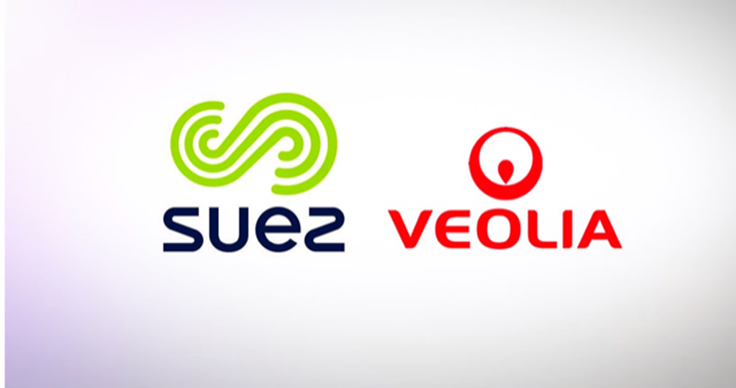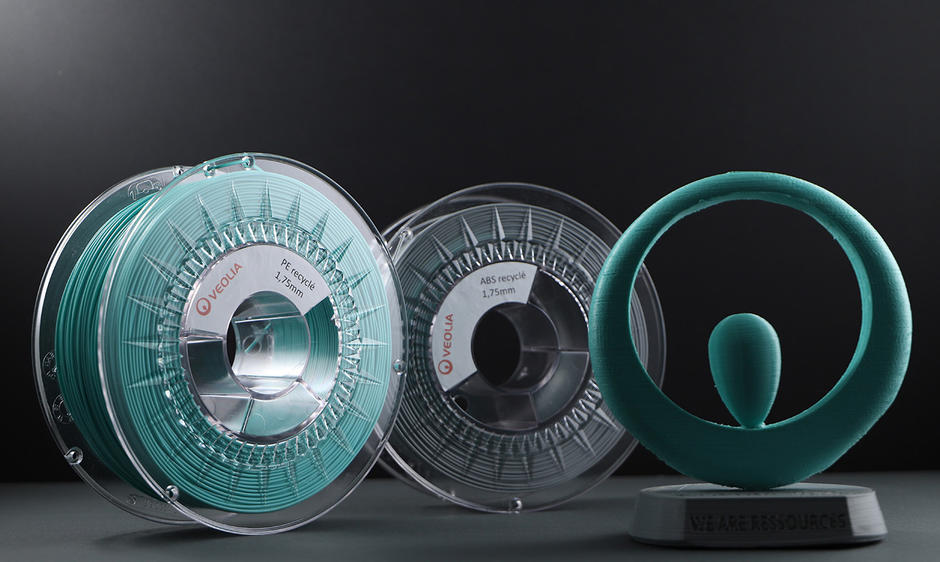
Charles Goulding Jr. considers how 3D printing materials and applications may be impacted with a major merger.
There’s a Suez getting reshaped, but not in Egypt. Suez and Veolia, two French water and waste industrials, have agreed to merge.
Bitter Fighting
The merger takes place after centuries of bitter competition. Veolia, the acquirer, had already bought 29.9% of Suez in October, after which the CEOs of the two firms stopped speaking. Then, this April, Veolia made good on its intention of snaring the rest of its rival firm.
The merger, if approved, will result in the largest water and waste reduction company in the world, with a projected $44.5bn in annual revenue.
Economies of Scale
The merger comes amidst two trends that may favor larger-scale operation. First is the global movement toward sustainability. Vast increases in demand for water recycling and other eco-focused objectives may require firms with operational size and efficiency that do not presently exist.
One driver for such demand: national infrastructure initiatives like President Biden’s Build Back Better plan. That plan proposes $111bn in clean water and drinking water investment, including the elimination of all lead pipes and service lines in U.S. drinking water systems.
The second trend concerns Chinese growth. Suez and Veolia are two of the largest foreign water firms operating in China today. Suez, in fact, has been there from the moment China opened to foreign investment four decades ago.
One of the reasons China has been so open to foreign water industrials has been the opportunity to learn. It’s possible the two foreign firms, if they are to stay in the lucrative Chinese market, must continue to add more value as a larger, combined unit.
Veolia is also looking further down the line, to when Chinese water firms like Beijing Water and Beijing Enterprises are large enough to compete on the world stage. Indeed, Veolia noted its belief that Beijing Enterprises — now undergoing its own period of consolidation — will soon become Veolia’s largest competitor.
Transaction Details
According to Veolia, the agreement will lead to:
- The creation of a new Suez made up of assets forming a coherent and sustainable group from an industrial and social standpoint, with real growth potential, with revenues of around €7 billion
- The implementation of Veolia’s plan to create a global champion of ecological transformation, with revenues of around €37 billion, through the Suez takeover bid, in which all the strategic assets identified by Veolia will remain
- The reiteration of Veolia’s social commitments for a period of four years after the closing of the offer
Veolia also claims the transaction will enable it to better innovate in growth areas like environmental services and recycling.
3D Printing Implications

Some of the innovation Veolia expects may come from 3D printing. Already, Veolia provides recycled resins to French startup Francofil, which produces the filaments for 3D printers, ensuring a steady supply of recycled plastic.
“Plastics from recycling are resources that meet the demands of industry. The innovation here is the result of the collaboration between our teams and Francofil’s teams. Veolia’s expertise ensures the characteristics of the filament and those of the recycled plastics are in line,” said Marc-Antoine Belthé, Director of Development of Veolia’s Waste Recycling and Recovery business in France.
3D printing also appears poised to affect the water and waste industries in other ways. Two such areas are desalination and water filtration. In both instances, 3D printed membranes offer advanced intricacy and customization that helps such systems perform optimally.
Waterworld
Water and waste innovation, from 3D printing and elsewhere, cannot come soon enough. Water demand is outpacing supply at an alarming rate, while groundwater sources, like India’s Chennai reservoir, disappear. The Veolia/Suez merger may be focused on efficiency and competition, but it is just as likely that a great deal of global cooperation will be needed to address the world’s future water challenges.
